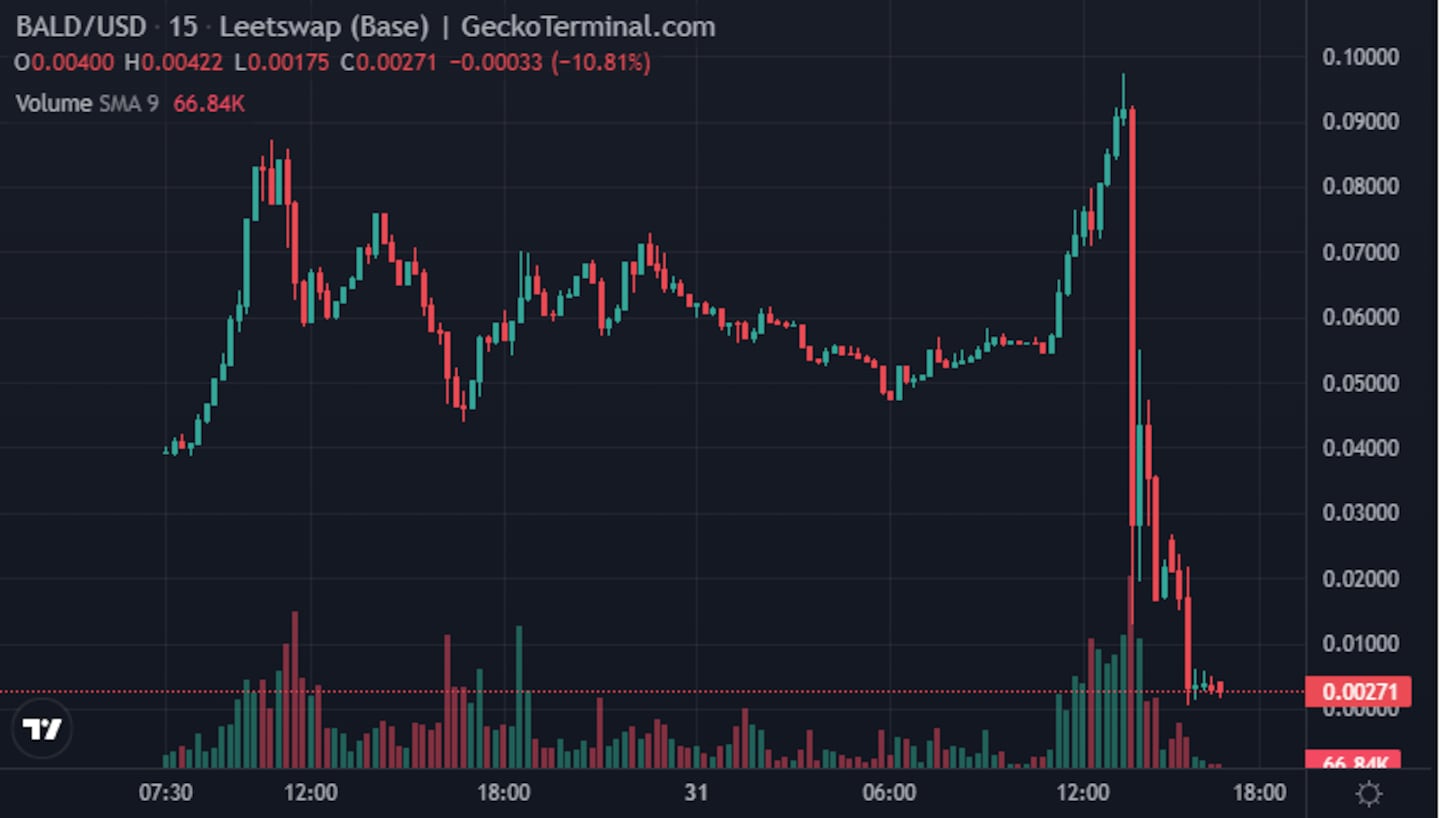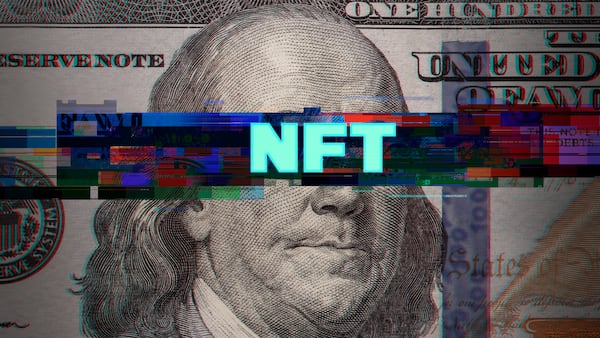Stories about crypto’s skirmishes with politicians, regulators and prosecutors dominated headlines in 2023.
But have no fear, crypto is still the irreverent industry that gave the world Dogecoin and CryptoDickbutts.
Here are some of the strangest stories of the year:
’Mucho mucho aliens!’

In June, Cardano founder Charles Hoskinson flew a group of scientists led by Harvard astronomer Avi Loeb to the Pacific Ocean on his private jet.
Their mission? To retrieve fragments of potential alien technology that crashed in 2014.
Loeb said a watermelon-sized, interstellar meteor that landed just off the coast of Papua New Guinea in 2014 may have been “launched a billion years ago from a distant technological civilisation” given its “extremely rare material strength.”
He found a patron in Hoskinson, who put up $1.5 million to fund the expedition.
“Mucho mucho aliens!” Hoskinson tweeted on June 16.
Blind Ape Yacht Club

Bored Ape collectors the world over gathered in Hong Kong November 4 to party and to enjoy the company of other people who had invested tens of thousands of dollars in monkey jpegs.
Things took a darker turn the day after, when several attendees said they were suffering from searing eye pain.
Bored Apes creator Yuga Labs launched an investigation, talking to injured attendees, contractors who built ApeFest installations, and the festival’s producer.
They eventually figured out what had happened: UV-A lights, which are typically used in sun tanning salons, had been installed in one part of the event.
The Spanish aristocrat

On December 4, Spanish officials detained Alejandro Cao de Benos, a pro-North Korea political activist and aristocrat, who was wanted by the US for helping North Korea use crypto to circumvent international sanctions.
Cao de Benos, the founder of advocacy group Korea Friendship Association, was released a day later.
He has called the allegations “false.”
Cao de Benos was indicted last year by US authorities for allegedly recruiting Ethereum researcher Virgil Griffith to unlawfully provide crypto services to North Korea, which Cao de Benos has denied.
During a 2019 trip to a conference in Pyongyang, Griffith allegedly gave a speech that contained information on how to bypass sanctions.
He is now serving a 63-month prison sentence.
Dog nose blockchain

In June, South Korean prosecutors arrested three people and charged another 64 for running a “typical Ponzi scheme” that lured victims to invest in a company that claimed to distinguish pet dogs by their noses.
The pitch was far-fetched, but simple: the scammers told investors they had built a blockchain app that could identify dogs by their nose wrinkles, similar to how fingerprints are used to identify people.
The project came with a cryptocurrency and promised investors returns up to 150% within 100 days.
The unnamed company raised about 166 billion South Korean won — or about $127 million — from 22,000 people, most of whom were “in their 60s or older with no expertise in cryptocurrencies,” according to police.
Their investigation found the dog nose wrinkle-reading device was fake and did not use blockchain technology as its creators had promised.
BALDerdash

Some who threw pocket change into a new memecoin, BALD, one Saturday in July woke up the next day and found they had become millionaires. A speculative frenzy had sent BALD’s market cap to $100 million.
It was all very crypto, in no small part because nobody knew who controlled the wallet linked to BALD’s deployment.
That Monday, the BALD saga took a darker turn.
The wallet that deployed the memecoin and provided liquidity for it on LeetSwap, a decentralised exchange, started pulling tokens off the exchange.
The reduced liquidity caused BALD to plummet more than 90%. After the dust had settled, the wallet walked away with 2,789 ETH, worth about $5.2 million at the time.
Crypto sleuths dove into the wallet’s rich on-chain history to try to find who the wallet belonged to.
But to this day, nobody is sure who exactly made off with all that money.
Have a tip? Contact me at aleks@dlnews.com.







